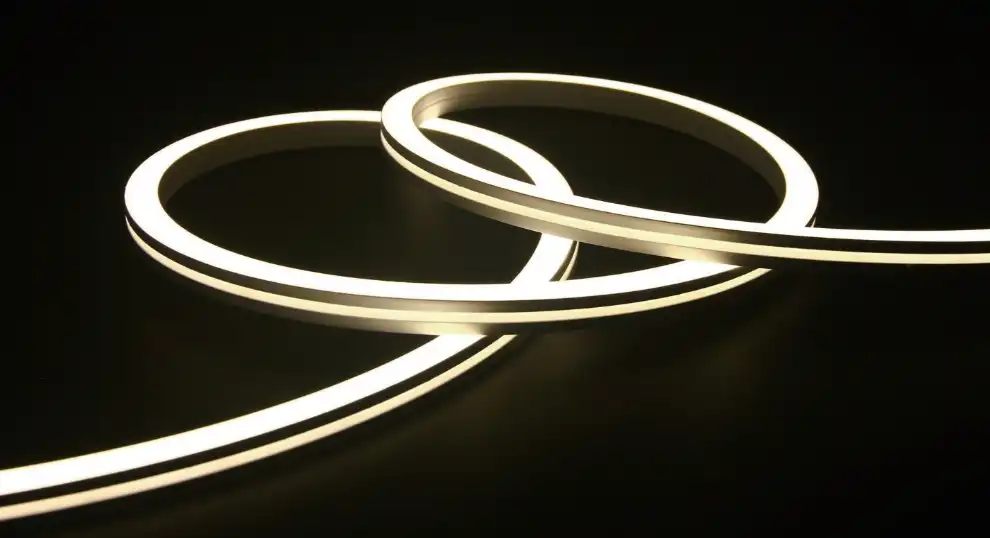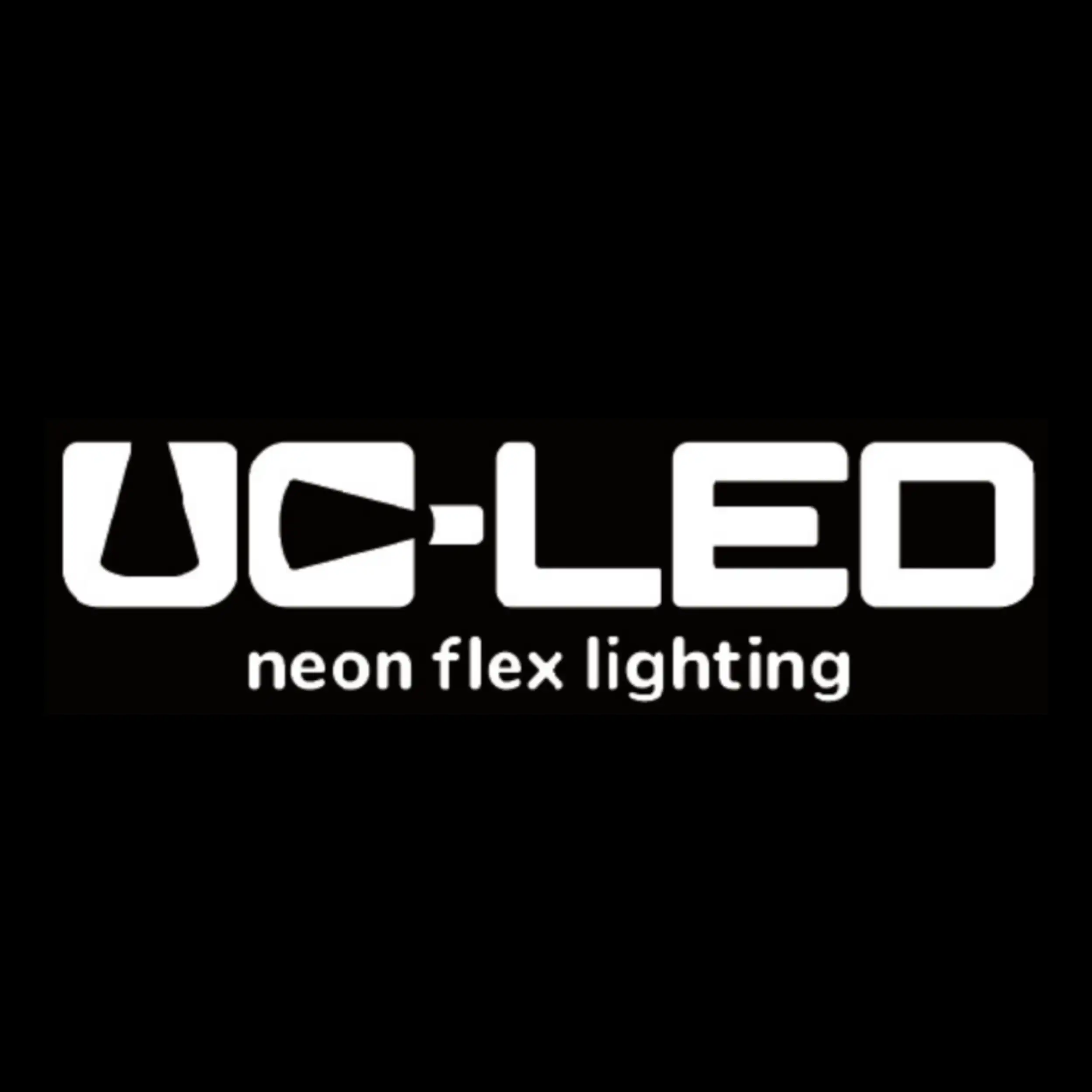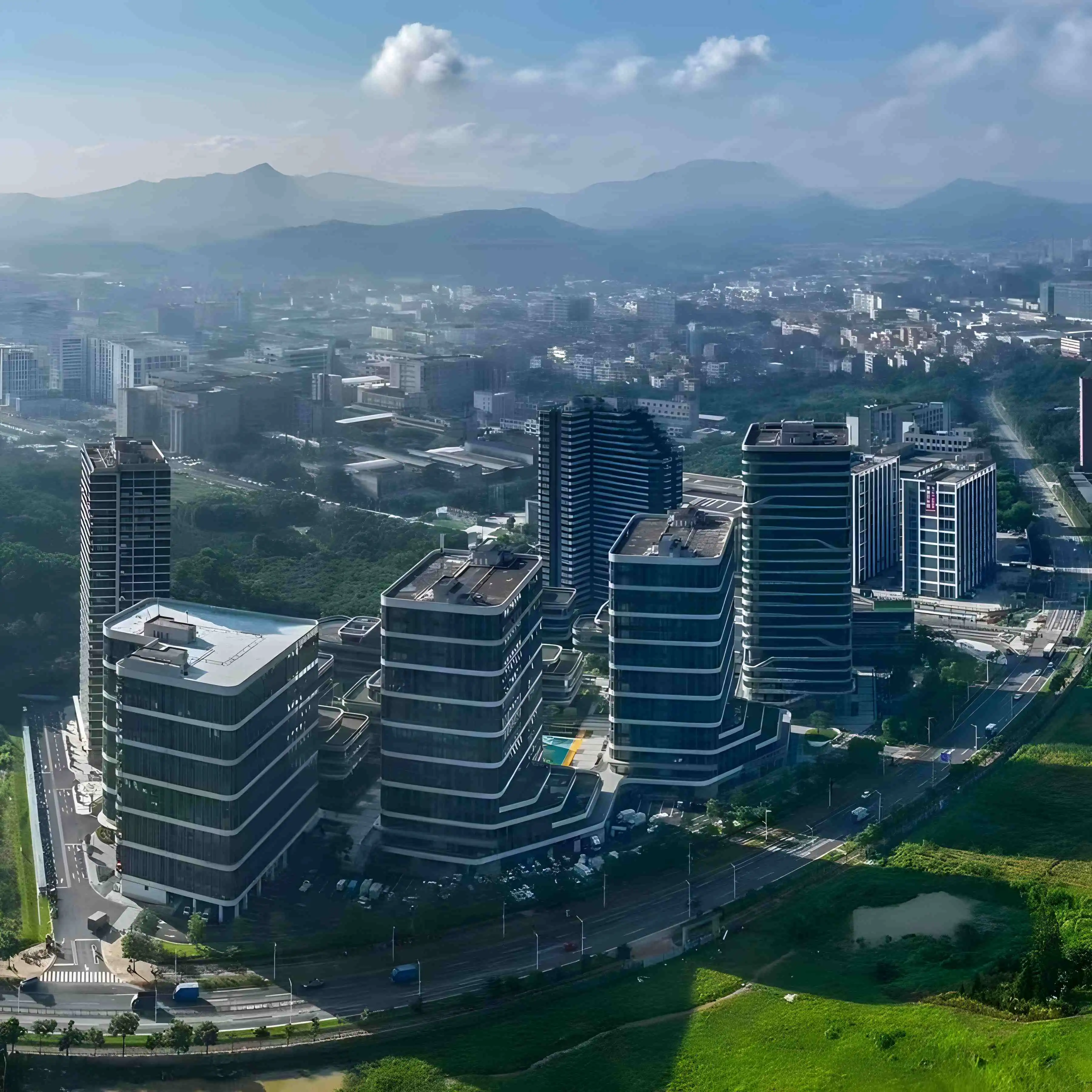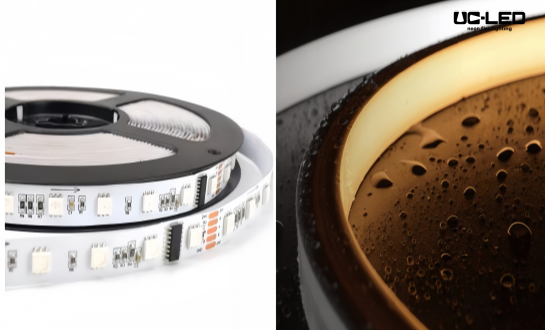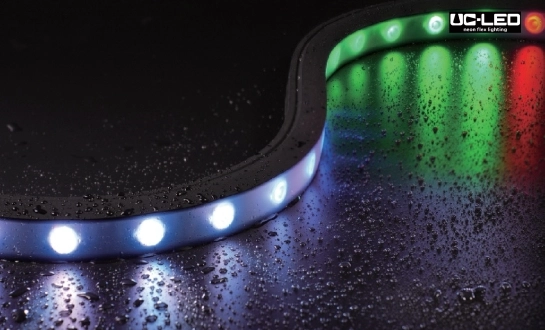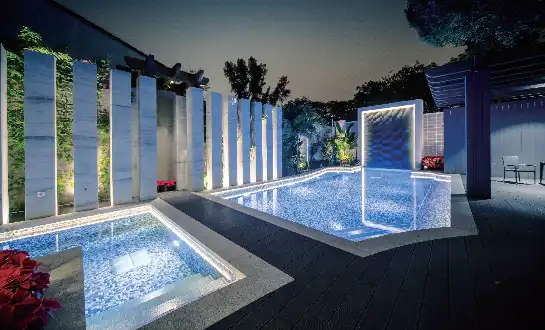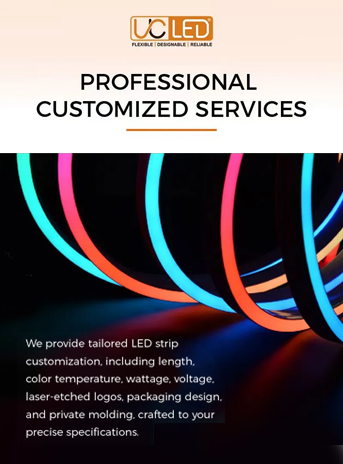Understanding LED Neon Flex Technology
LED neon flex is a revolutionary lighting solution that combines the aesthetic appeal of traditional neon with the efficiency and versatility of LED technology. Unlike traditional glass neon tubes, LED neon flex is made of flexible silicone or PVC housing that encases a series of LED lights. This construction allows for greater durability, energy efficiency, and design flexibility.
Key Components of LED Neon Flex
The core components of LED neon flex consist of the LED chips, flexible housing, and power supply. LED neon flex manufacturers equip high-quality products with advanced 2835 or 5050 LED chips. These chips are not only capable of providing superior brightness, making the light emitted more vivid and eye - catching, but also ensuring excellent color consistency, so that there will be no obvious color differences in different parts of the light strip. The flexible housing is usually made of silicone or PVC.
Among them, silicone has better performance in resisting UV rays, which can prevent the housing from aging and discoloring due to long - term exposure to sunlight. It also has strong resistance to extreme temperatures, maintaining stability in both high and low temperature environments. The power supply, which is often a 24V DC system, plays a vital role in ensuring the stable performance of the LED neon flex during operation and prolonging its service life.
Advantages Over Traditional Neon
LED neon flex has obvious advantages over traditional neon in several key aspects. In terms of energy consumption, it consumes significantly less energy. This not only reduces the operational costs for users in the long run, but also minimizes the environmental impact, conforming to the concept of energy conservation and environmental protection. The flexible nature of LED neon flex is another major advantage. It allows for the creation of intricate designs and installations that are impossible to achieve with rigid glass tubes of traditional neon.
For example, it can be easily bent into various complex shapes to meet the diverse design needs of different occasions. Additionally, LED neon flex is much safer to handle and install. It operates at lower voltages, reducing the risk of electric shock. Moreover, it does not contain harmful gases like traditional neon, avoiding potential harm to human health and the environment.
Selecting the Right LED Neon Flex for Your Project
When choosing LED neon flex products for architectural applications, several factors come into play. Understanding these elements will help architects make informed decisions that align with their design vision and project requirements.
Color Options and Temperature
LED neon flex offers a wide range of color options to meet different design needs. It includes RGB and RGBW options, which can produce dynamic color - changing effects, bringing rich and varied visual experiences to the space. For static installations, the choice of color temperature depends on the desired ambiance. Warm white (2700K - 3000K) can create a warm and comfortable atmosphere, making people feel relaxed and cozy, which is suitable for places like living rooms and bedrooms.
Neutral white (3500K - 4500K) is able to create a simple and bright atmosphere, which is applicable to office spaces and study rooms. Cool white (5000K - 6500K) can create a fresh and modern style, ideal for commercial places such as shopping malls and exhibition halls. Some LED neon flex suppliers also provide customizable color options, which can accurately match specific brand palettes or design schemes.
Brightness and Luminous Flux
The brightness of LED neon flex is measured by lumens per meter. A higher lumen output can create more vibrant and visible lighting effects, which can easily attract people's attention. However, it should be noted that higher lumen output may also lead to higher energy consumption. Therefore, when selecting the appropriate brightness level, it is necessary to consider the intended application and viewing distance.
For outdoor installations or areas with high ambient light, in order to ensure that the lighting effect is clearly visible, it is advisable to choose LED neon flex with higher luminous flux. On the contrary, in indoor environments with relatively dark light, the lumen requirement can be appropriately reduced to save energy.
IP Rating and Environmental Protection
For outdoor applications or installations in humid environments, the IP (Ingress Protection) rating is of crucial importance. It directly affects the service life and performance stability of the LED neon flex. It is recommended to choose LED neon flex products with an IP67 rating or higher. Such products can effectively prevent dust from entering, ensuring that the internal components are not affected by dust.
At the same time, they have good water resistance, which can cope with challenges such as rain and moisture in the environment. In addition, some manufacturers add enhanced UV resistance components and flame - retardant properties to their products, making the lamps more durable in harsh environments and prolonging their service life.
Installation and Design Considerations
Proper installation and thoughtful design integration are essential for maximizing the impact of LED neon flex in architectural projects. Consider these aspects when planning your lighting design:
Mounting Solutions and Accessories
LED neon flex suppliers, often in collaboration with experienced LED neon flex manufacturers, usually provide a variety of mounting solutions to meet different installation needs, including aluminum channels, clips, and adhesive backing. These manufacturers, with their deep understanding of product design and practical application scenarios, contribute to the development of these solutions, ensuring they are not only functional but also perfectly compatible with the neon flex products, enhancing the overall installation efficiency and effectiveness.
These accessories not only can firmly fix the lamps, preventing them from loosening or falling off during use, but also can improve the overall aesthetics to a certain extent, making the installation traces less obvious. For complex installation scenarios, such as special curved surfaces or irregular structures, custom mounting solutions may be necessary. This can ensure that the desired visual effect is achieved, and at the same time, guarantee the heat dissipation and protection performance of the lamps.
Power Distribution and Control Systems
Efficient power distribution is crucial for large - scale installations of LED neon flex. Architects should cooperate with LED neon flex suppliers to determine the appropriate power supplies and controllers according to the specific needs of the project. If dynamic lighting effects are required, such as color changes and brightness adjustments, DMX512 control systems can be considered.
This system can accurately adjust the color and brightness of the LED neon flex, creating a variety of rich and colorful light and shadow changes. At the same time, it is necessary to ensure that the control system is compatible with the building management system, so as to achieve seamless integration and convenient operation.
Creative Application Ideas
LED neon flex provides endless possibilities for creative architectural lighting. It can be used to outline the contours of buildings, highlighting the beautiful lines of the buildings and making them more distinctive at night. It can also be used to create floating ceilings, creating a light and transparent space atmosphere, giving people a unique visual experience. In addition, it can be used to design interactive light installations, enhancing the interactive experience between people and buildings.
In interior spaces, LED neon flex can be integrated into furniture design, becoming a unique decorative element. It can also be used as wayfinding elements to improve the functionality of the space. What's more, it can be used to create immersive environments, bringing people a unique sensory experience. Collaborating with experienced LED neon flex suppliers can help explore more innovative applications that break through the traditional, promoting the development of architectural lighting design.
Conclusion
Choosing the best LED neon flex products for architectural projects requires a deep understanding of the technology, careful consideration of project requirements, and a creative vision for implementation. By partnering with reputable LED neon flex suppliers and leveraging their expertise, architects can unlock the full potential of this versatile lighting solution. As the technology continues to evolve, LED neon flex will undoubtedly play an increasingly significant role in shaping the future of architectural lighting design. For more information on cutting-edge LED neon flex products and customized lighting solutions, contact us at Linda@uc-led.com.
